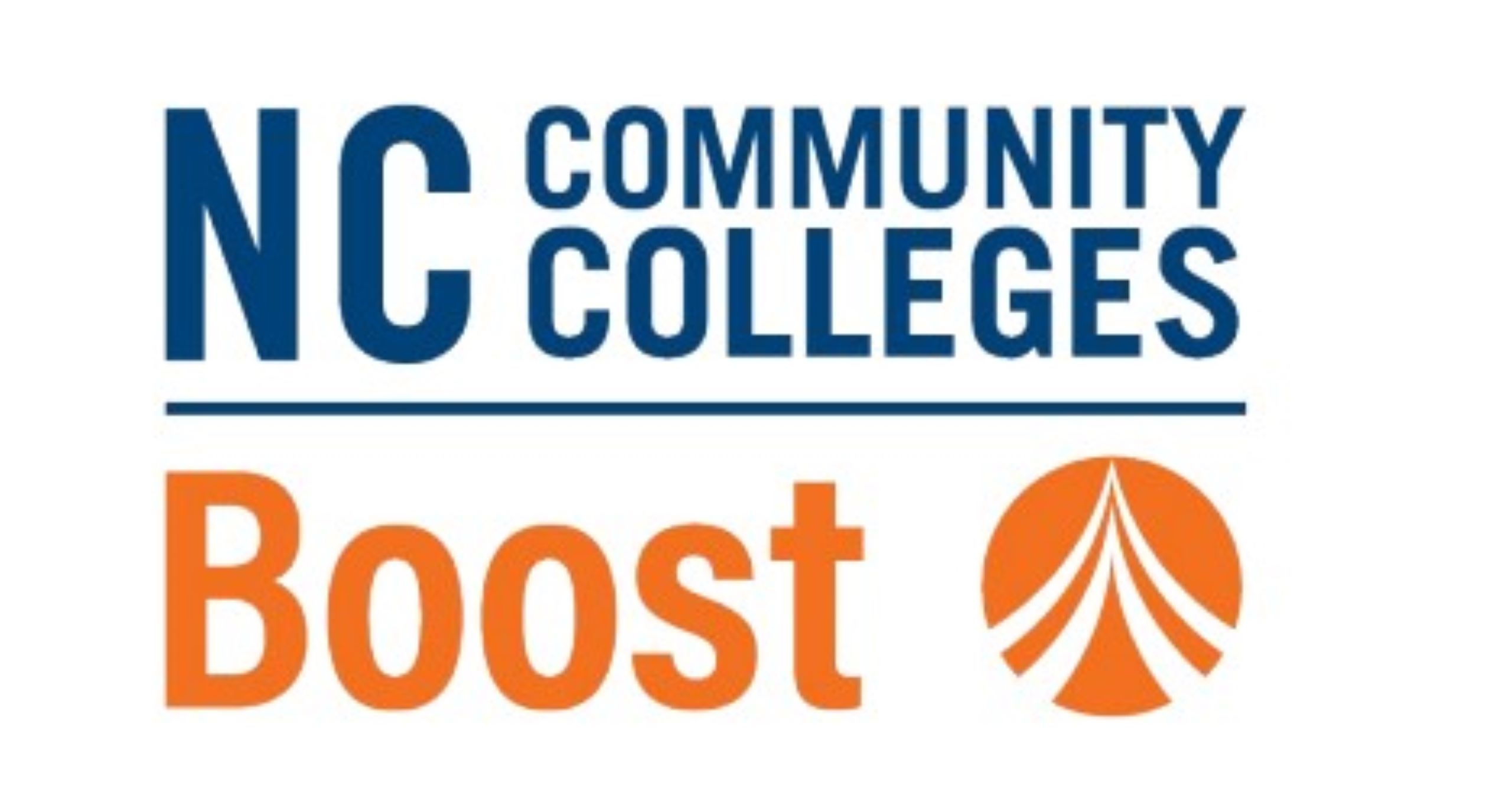Shiyan Jiang, Christy Byrd and Amato Nocera Will Use Artificial Intelligence to Enhance Learning Across the High School Curriculum Through Work on Grant-funded Project

A group of NC State College of Education researchers are hoping to capitalize on the natural links that exist between artificial intelligence (AI) technology and subjects already being taught in K-12 schools through a new grant-funded project designed to create new learning opportunities for students.
The “Integrating Language-Based AI Across the High School Curriculum to Create Diverse Pathways to AI-Rich Careers” project, funded by a National Science Foundation ITEST grant, will focus on natural language-based AI to develop and research a program that will integrate artificial intelligence concepts and practices into the existing high school curriculum.
Assistant Professor Shiyan Jiang is the project’s principal investigator while Associate Professor Christy Byrd and Assistant Professor Amato Nocera will serve as co-principal investigators. The project will be developed in collaboration with the Concord Consortium and Carnegie-Mellon University, and the College of Education will receive $385,921 of the overall $1,202,820 in grant funding.
“The integration of fundamental AI education into multiple courses has significant importance, as it has the potential to revolutionize AI education and reach out to students who are currently underrepresented and underserved in the field,” Jiang said. “The method we are developing involves placing student learning in contexts where insights from different disciplines are crucial for AI development and where AI applications can give rise to fresh disciplinary practices.”
For the project, the team will develop and test a two-hour introductory model as well as three five-hour modules and a 60-hour professional development course for mathematics, English language arts (ELA) and history teachers. This work will enable participating educators to develop the competencies required to implement the AI modules in their classrooms.
The professional development experience, which Byrd will lead the development of, will be structured in a way that enables participating teachers to work together to explore AI applications and impact, as well as enhance their ability to engage students in the discussion of real-world AI topics. Teachers will also be given a collection of short, self-contained student learning activities to pilot in their classrooms and have the opportunity to participate in structured events where they can share experiences and best practices.
“AI is a tool. Many people find it scary — and its application can be scary — but it also offers a great deal of potential in classrooms,” Nocera said. “It is not just about students learning to use AI technology, but classes in English, math and social studies integrating AI as a way to dig deeper into their subject matter. Helping teachers navigate this brave new landscape of AI technology strikes us as one of the most important challenges of our time.”
To help educators integrate artificial intelligence into their classrooms, Jiang and the team will further develop curriculum modules that were designed for the ELA-based StoryQ project to tailor them to different disciplines.
For example, in the module for history classrooms, which will be overseen by Nocera, teachers will support students as they interact with machine learning models that are trained using primary sources to understand how language constructs reflect human culture in the past. In the math-focused module, teachers will engage students in learning how to quantify and build mathematical models to understand real-world phenomena and make predictions.
In addition to giving students an opportunity to experience AI technology outside of a computer science classroom, integrating AI into the existing curriculum also offers educators a unique opportunity to design lessons together, Jiang said.
“Integrating AI learning opportunities into multiple courses could bring together teachers from different disciplines to design and collaborate on offering bite-sized but coherent AI learning experiences for students. Moreover, students would benefit from learning about AI from different disciplinary perspectives, resulting in a comprehensive understanding of the subject,” she said. “This is a critical first step in creating an infrastructure in schools to introduce AI topics at a larger scale.”
The project will be piloted with 12 teachers who will impact 900 students at schools in California and Maryland that serve student populations who are typically underrepresented or underserved in the AI field, including Black and Latinx students.
Byrd will study how the program implemented through the project is associated with student outcomes such as academic success, sociopolitical consciousness and cultural competence.
“AI is the future, and it’s exciting that we are using it to make computer science more inclusive and to help students analyze the inequities in their societies. Instead of being afraid of these powerful tools, we need to embrace them and use them for social change,” she said.
“The field has a significant amount of progress left to be made, particularly when it comes to supporting marginalized female students to establish a sense of belonging and self-efficacy in pursuing AI education and careers,” Jiang added. “It is crucial for us, as educators and researchers, to persistently advocate for diversity and fairness in the AI field. This goes beyond simply increasing representation and must also keep challenging the research questions we ask and the approaches we take.”
- Categories:


